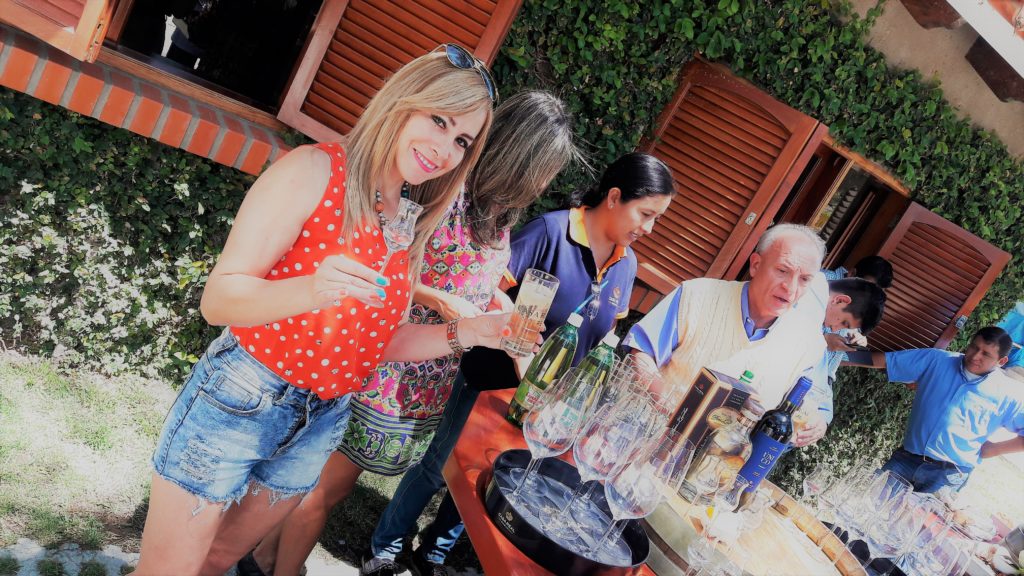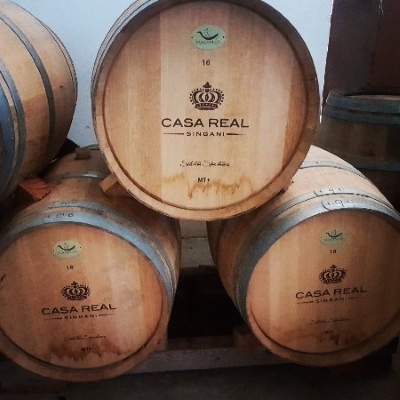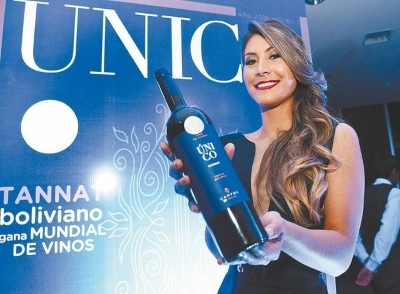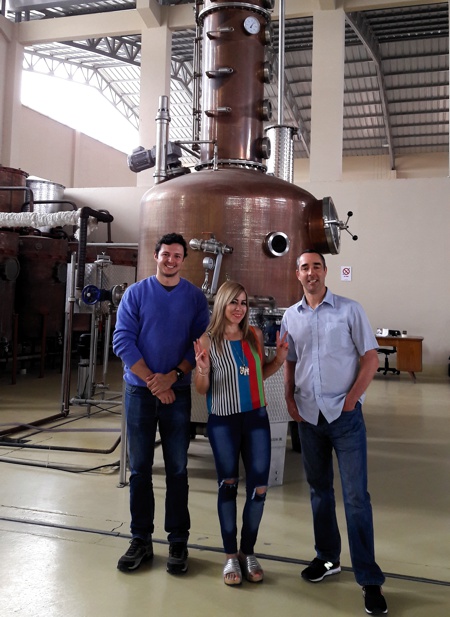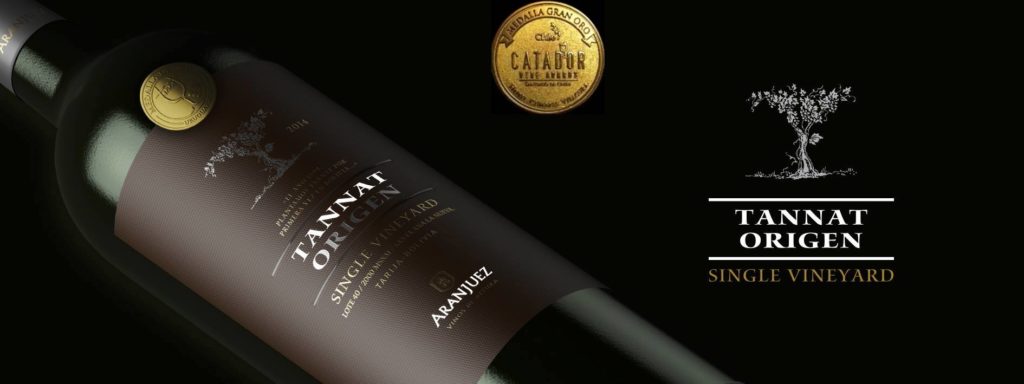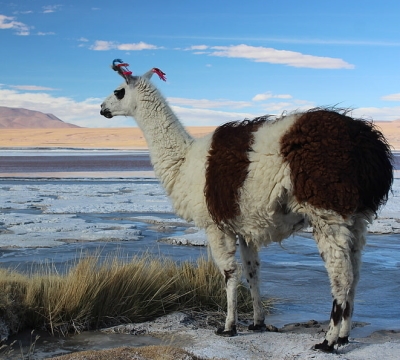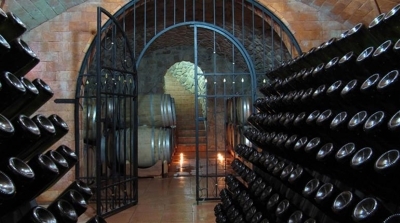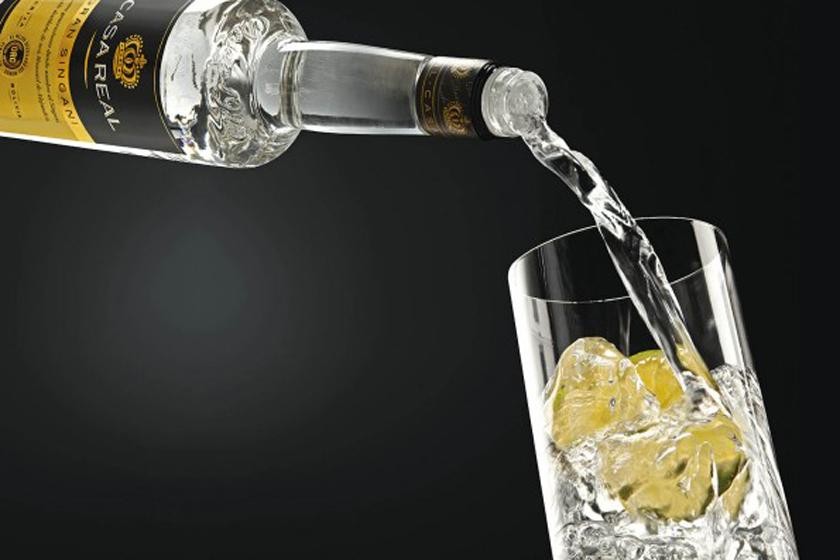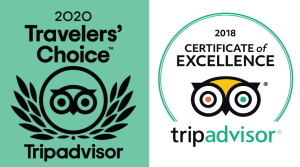Llamas, Alpacas, Wine & Singani!
Wine tours in Bolivia – Do they even produce wine here? They do, and some of it is very good indeed. The city of Tarija is the center of Bolivian wine and Singani production and is an absolute must-visit place for wines and spirits enthusiasts, and those who love adventure!
- After Argentina, these are the highest vineyards in the world
- Rustic, artisan wineries blended with high tech, new builds
- Tour with winemakers and owners – expert-led tastings
- Feel the difference altitude makes on well-known varieties
- Try some local, lesser know grapes and also Singani
- Experience rural Bolivia – keeping you on your toes!
- Add the amazing Salar de Uyuni to your trip – a world wonder…
Bolivia is a very high altitude country across much of its territory, and the vines planted in the Tarija region are often 2500 meters above sea level or even more.
Day 1 – High Altitude Wine and Singani
After breakfast, we kick things off with a visit to Campos de Solana, this is a highly respected modern winery with up-to-date production facilities and also a comfortable and well-appointed reception area where instruction and tastings can be enjoyed by wine lovers. We will tour the production plant and storage areas and also wander the vines that are closest to the winery, learning a little of viticulture and giving you an overview of how Campos de Solana operate.
In the tasting area, within view of the oak aging cellar, you will enjoy a wine tasting of a range of grape varieties, altitudes and vintages from this bodega. We will have a flight of 4 or 5 wines from the standard table wine up to the flagship “Collection de Altura” Petit Verdot which has enjoyed 2 years in French Oak. We will leave the tasting of Singani for the next stop at Casa Real.
The Casa Real distillery is well-known in Bolivia for its production of Singani, now the national spirit. In the same way that Peru got its Pisco, Bolivia was populated by Spanish colonists bringing with them Muscat de Alexandria grape from the Canary Islands.
Upon arrival at Casa Real, you will tour the production area and have an in-depth explanation of how this 40% ABV liquid is obtained. An expert will lead you through the whole process and you will have up-close looks at the past and present/modern and ancient stills used at Casa Grande. You will view the bottling and storage areas before enjoying a tasting. The tasting will be helped along with various local tapas and appetizers, with views over the vineyards.
You will taste several wines and Singani at Casa Real which will show a range of styles and flavor profiles, plus you will enjoy, and also learn how to make, the Bolivian cocktail “Chuflay” which is essentially Singani, ginger ale, and lemon. On a hot day in this arid valley, the Chuflay is a really delicious and refreshing drink. The strange name seems to have come from the adulteration of the British railway workers slang word for a short piece of temporary track, “Short Fly”.
Our next visit on our wine tours in Bolivia will be to Casa Grande, another well-established winery which has enjoyed plenty of investment in infrastructure in recent times, reflected in the machinery in the winery and the new, modernist reception facilities on show. Wine tours in Bolivia would not be complete without visiting the cellar here as it very unusual for Bolivia. It is more in keeping with wineries of the old world. Brick built and 8 meters underground it provides the ideal relief from the scorching temperatures above. Here you will find the only “traditional” Champenoise method for sparkling wine in Bolivia.
As you can see below Casa Grande have hundreds of bottles of sparkling wine in their pupitres which are rotated a quarter turn manually every day or two. This turn, and the small impact of the bottle as it drops back into its slot and a gradual increase in the angle of the pupitre ensures that sediment collects in the neck of the bottle. this sediment is later removed, if you are not familiar with this method it is very interesting and in any case, will be explained to you on-site.
Your last visit today will be to the semi-artisanal winemaker El Potro located within the city limits. The bodega is small and less technical when compared with others you have seen today. everything is small-scale and the great thing is that the owner or one of the family will show you around explaining things (via your guide if you don’t speak Spanish). It is not very often you get the chance to tour with the owner or winemaker so you can ask all manner of questions and get it from the horse´s mouth so to speak!
Depending on how we are for time today (or tomorrow) we can slot in a visit to the hacienda Kohlberg. This historic building belongs to the winery of the same name and although we obviously can’t guarantee you will see the grape treading festival shown in the video, we can try if your dates match and you give us enough notice.
You have a range of hotel options to choose from and you will most likely arrive in the area the night before to be fresh for day 1 of your wine tour Bolivia. Ask us for recommendations to meet your budget and travel style. You will always be picked up and transferred at times to suit you. This evening we highly recommend eating in the lovely main square.
Day 2 – From High Tech to Rustic
Today is a day of great contrasts between industrial, modern wine and Singani facilities and very rustic, artisan-style boutique wineries. You will see how wine is made by a number of small-scale producers in the Valley of Concepcion, with some interesting opportunities to do some unusual activities, such as treading grapes or blending if you are visiting at the right time.
First, we head off to visit the 2 main powerhouses of Bolivian wine, Aranjuez and Kuhlmann. Aranjuez produces around 28,000 Hl of wine per annum and Kuhlmann approximately 32,000, though much of that quantity is Singani – and between them, they account for around 70% of the total production of wine in the country. Casa Real, Casa Grande, and Campos de Solana follow and then numerous smaller operations. As we mentioned, during these 2 days you will see the entire range.
After tours and tastings at the “big two” we travel further away from Tarija and into the lovely Concepcion Valley. Here we will have lunch at the traditional restaurant attached to the Casa Vieja winery. Your guide will give you some instruction on the range of local food and how it is prepared, you will see a number of dishes that will be new to you we suspect. Try a bottle from the winery while looking out over its vines.
After lunch, you can visit a number of small boutique wineries and try a few of their wares. Some of these wines are produced in a very rustic, artisan way and the end product might not be what your palate is used to, or something you would choose to drink normally! But as wine lovers, we know that it’s all about trying different regions and wines and learning more and more about local customs and traditions. This you will certainly do on one of our wine tours in Bolivia and the experience is one you will never forget we are absolutely certain.
